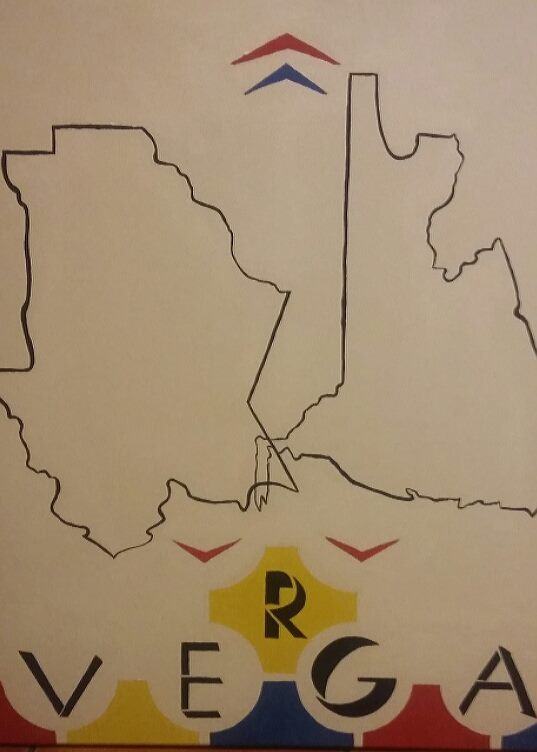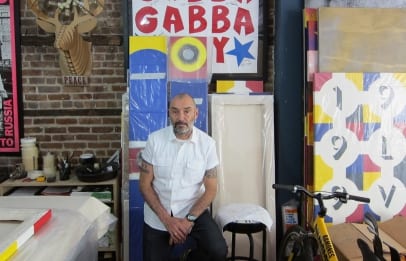Whether or not its purveyors were technically queer, the punk rock movement inherently was. The DIY approach and “Fuck You” attitude underpinning the music and fashion scene that exploded in the mid-seventies, mirrored political approaches employed by early gay activists; get mad as hell and then do something about it in the quickest, cheapest way possible.
Despite its underpinnings, when it came to actually exiting the closet, many of the movement’s earliest artists opted to shield that side of their lives. Iggy Pop was rumoured to have been shagging David Bowie, but never publicly confirmed this. Darby Crash from The Germs was only posthumously outed, after an overdose at the age of 22. Pete Shelley of The Buzzcocks eventually announced he was bisexual, but not until sparking his solo career.
And then there’s the case of Arturo Vega. Often referred to as the fifth Ramone, the Mexican-born graphic artist designed the band’s now-famous logo, and served as their lighting director and frequent spokesperson. From their inception in 1974 to their demise in 1996, The Ramones played more than 2,000 shows. Vega attended all but two.
He clearly had fun with the boys, but Vega’s sexuality remains enigmatic. Music critic Legs McNeil claimed he was gay in Jon Savage’s 1991 book England’s Dreaming. But aside from assorted hints in various music magazines, there’s no record of any relationships he actually had. Since his death at the age of 65 in 2013, interest in both the artist’s work and his sexuality have been piqued.
While we seemingly can’t be sure whom he was fucking, Vega’s work has indisputably shaped a generation of artists that came after. Both his influence and the questions around his identity are addressed head-on by curators Heather Bain and Ken Moffatt with Nothing is true, everything is permitted; an installation featuring works by numerous queer artists including Anna Camilleri, Daryl Vocat, and Mée Rose.
Julian Calleros’ contribution is a painting called Ve(R)ga; a play on words using the artist’s name. Verga means “dick,” an obvious nod to his sexuality. But the word is also slang in Mexico (where Calleros’ also hails from) for people who are really good at what they do.

“The piece is a hiding dick,” Calleros says. “You’ll have to look hard to find it, just like the rumours of Vega being gay. It’s also a reference to the fact he was really successful at what he did and kind of an asshole at the same time.”
Calleros admits Vega wasn’t much of an influence until recently. A Ramones-obsessed friend introduced him to the artist in 2007.
“I’ve grown such appreciation for his work in making this piece,” he says. “His art has a queer value in its simplicity, its colour palette, and his written message. From interviews he gave, it seems he wasn’t interested in speaking about queerness at all. I gather he didn’t give a shit about many things actually. But I thought it was very cool of him to be Mexican and such a punk.”
(Arturo Vega: Nothing is true, everything is permitted
Thursday, Nov 19–Saturday, Nov 21, 2015
Videofag, 187 Augusta Ave, Toronto
Visit the Facebook page for more info)


 Why you can trust Xtra
Why you can trust Xtra


